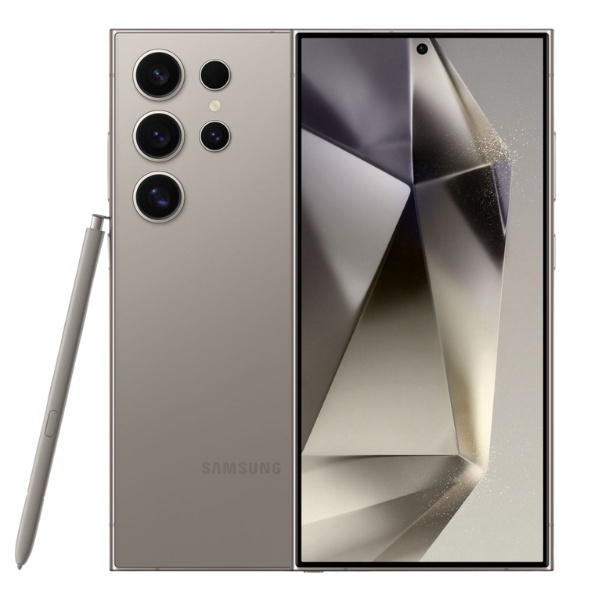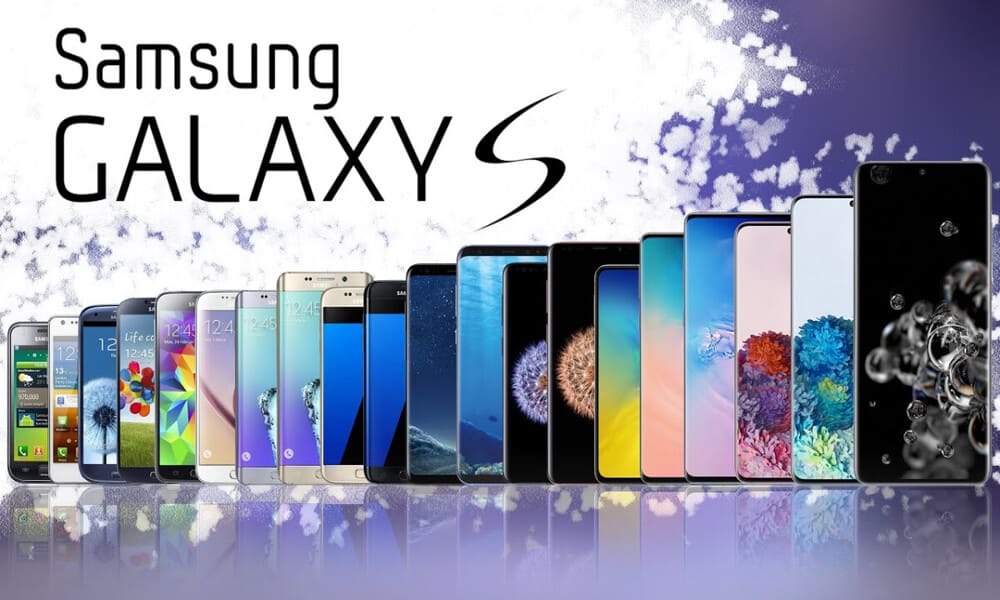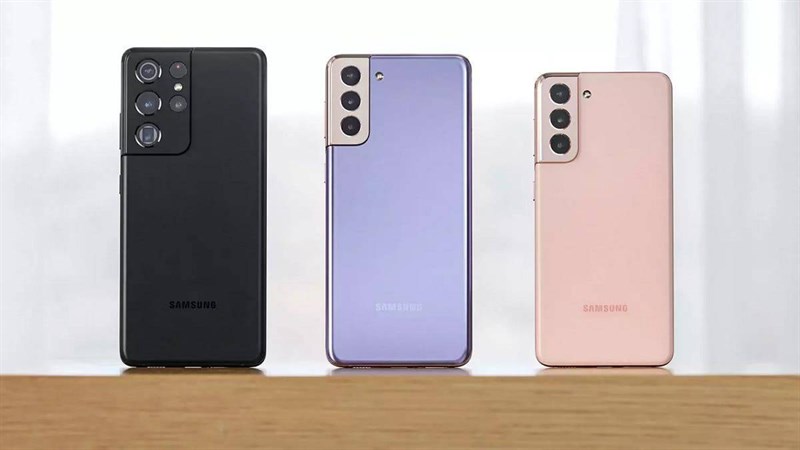The Samsung Galaxy Series: A Comprehensive Guide to Innovation and Excellence
The Samsung Galaxy series has firmly established itself as one of the leading forces in the smartphone industry, delivering cutting-edge technology and exceptional performance with each new release. Over the years, this iconic series has set new benchmarks for smartphones, constantly evolving to meet the demands of an ever-changing market. Whether you are a long-time fan or a potential buyer, understanding the full scope of the Samsung Galaxy series can help you make informed decisions about the best device for your needs.
In this article, we’ll take a detailed, insightful, and informative look at the evolution of the Samsung Galaxy series, highlighting key models, innovations, and what sets this smartphone lineup apart from the competition.

The Samsung Galaxy Evolution: A Timeline of Excellence
Since its inception, the Samsung Galaxy series has been a driving force behind the evolution of smartphones. Each model introduces new features, innovative technologies, and design changes that push the boundaries of what smartphones can achieve.
1. The Beginning: Samsung Galaxy S1 to S3
The original Samsung Galaxy S1 launched in 2010, marking the beginning of Samsung’s ambition to redefine the smartphone experience. This initial model introduced the world to the Super AMOLED display and the Android operating system, giving users an alternative to Apple’s iPhone. As the years passed, Samsung continued refining its flagship models, and the Galaxy S3 (2012) was a major leap forward, featuring a larger display and better processing power.
- Samsung Galaxy S1 (2010): The first Galaxy device with a 4-inch Super AMOLED screen, which set the standard for vibrant displays.
- Samsung Galaxy S2 (2011): Improved camera quality, faster processing speeds, and a sleeker design, making it one of the most popular smartphones of its time.
- Samsung Galaxy S3 (2012): A 4.8-inch display, quad-core processor, and better user interface, cementing its status as one of the best smartphones in the world.
2. The Rise of Premium Features: Galaxy S4 to S6
In 2013, the Samsung Galaxy S4 became a game-changer, with smart features like smart scroll and smart pause, designed to enhance user experience. The Galaxy S5, launched in 2014, introduced the fingerprint sensor and heart rate monitor, making the device a health and fitness companion as well as a smartphone.
- Samsung Galaxy S4 (2013): A larger 5-inch Super AMOLED display, and the introduction of several smart features like eye-tracking and facial recognition.
- Samsung Galaxy S5 (2014): Featured a water-resistant design, the Fingerprint Sensor, and heart rate monitoring to cater to fitness-focused users.
- Samsung Galaxy S6 (2015): The introduction of metal and glass design gave the Galaxy series a premium feel, while wireless charging became a popular feature.

3. The Premium Evolution: Galaxy S7 to S10
The Samsung Galaxy S7 (2016) built on its predecessors’ successes, delivering better cameras, faster charging, and the return of the microSD slot, which had been removed in previous models. The Galaxy S8, launched in 2017, introduced the Infinity Display, eliminating bezels and offering users an immersive viewing experience.
- Samsung Galaxy S7 (2016): Dual pixel camera technology, faster charging, and a larger 5.1-inch screen with a sleek design.
- Samsung Galaxy S8 (2017): The Infinity Display became a standout feature, offering a nearly bezel-less screen and an improved Bixby AI assistant.
- Samsung Galaxy S9 (2018): Enhanced camera capabilities with super slow-mo and a dual aperture lens that automatically adjusts to lighting conditions.
- Samsung Galaxy S10 (2019): Introduced the hole-punch camera, ultrasonic fingerprint scanner, and 5G capability, setting the stage for future innovations.
4. The Flagship with 5G: Galaxy S20 to S21
The Samsung Galaxy S20 series, launched in 2020, took smartphone performance to new heights with 5G connectivity, a 120Hz refresh rate display, and an ultra-zoom camera that allowed users to get closer to the action than ever before. The Galaxy S21 series, released in 2021, further pushed the envelope with an even more refined design and improved camera features.
- Samsung Galaxy S20 (2020): 5G connectivity, 120Hz refresh rate, and 108MP camera for exceptional image quality and clarity.
- Samsung Galaxy S21 (2021): Reduced size and price, but still packed with premium features like the 120Hz Dynamic AMOLED display and Snapdragon 888 chip.

5. The Samsung Galaxy S22 and Beyond
The Galaxy S22 series launched in 2022, featuring the Exynos 2200 or Snapdragon 8 Gen 1 chipset for exceptional processing power and a 50MP camera system for incredible photo and video capabilities. The Galaxy S23 models, released in 2023, introduced even more powerful processors, AI-driven camera enhancements, and all-day battery life, cementing the Galaxy S series as one of the best flagship smartphones on the market.
- Samsung Galaxy S22 (2022): A dynamic AMOLED 2X display, 120Hz refresh rate, and improved AI camera performance for all your photographic needs.
- Samsung Galaxy S23 (2023): Featuring improved camera stabilization, faster processing power, and better power efficiency.

Why Choose the Samsung Galaxy Series?
The Samsung Galaxy series has a lot to offer, from premium design to cutting-edge technology. Here are some reasons why the Samsung Galaxy S series stands out:
1. Powerful Performance
Each Samsung Galaxy device is equipped with some of the most powerful chips available on the market, including the Snapdragon and Exynos processors. The Galaxy S series provides lightning-fast speeds, smooth multitasking, and top-notch gaming experiences. Whether you’re playing graphic-intensive games or editing videos, these devices deliver.
2. Stunning Display Technology
One of the standout features of every Samsung Galaxy phone is its display. Samsung’s Super AMOLED and Dynamic AMOLED 2X screens deliver vibrant colors, deep blacks, and excellent brightness, even in direct sunlight. The Galaxy S series is known for its edge-to-edge displays, creating an immersive experience that rivals even the best televisions.
3. Professional-Grade Cameras
Samsung has consistently improved its camera technology, and the Galaxy S series is home to some of the best smartphone cameras on the market. With innovations such as Night Mode, Super Steady video, ultra-wide lenses, and zoom capabilities, capturing professional-quality images is easier than ever.
4. 5G Connectivity
With the introduction of the Galaxy S20 series, Samsung brought 5G connectivity to its flagship devices. 5G enables faster download speeds, lower latency, and a smoother experience for streaming, gaming, and browsing.
5. Long Battery Life
With optimized processors and AI-enhanced battery management, Samsung’s Galaxy S series ensures that you get the most out of your device throughout the day. Even with the intense power demands of 5G, gaming, and heavy multitasking, you can expect excellent battery performance.
6. Software and Customization
Samsung’s One UI is a standout Android skin that offers a clean and customizable user interface. It includes features such as Edge Panels, Samsung DeX for desktop-like experience, and a dark mode that reduces eye strain. One UI makes it easy to personalize your phone to your liking.
Samsung Galaxy Series vs. Competitors
When compared to Apple’s iPhone and Google’s Pixel series, the Samsung Galaxy S series often emerges as the clear winner in terms of display quality, camera versatility, and customization options. While Apple’s iPhones are known for their seamless ecosystem and user-friendly interface, Samsung’s Galaxy S series offers more flexibility, better hardware, and more impressive camera technology.
Frequently Asked Questions (FAQs)
1. What is the best Samsung Galaxy model?
The best Samsung Galaxy model depends on your needs. For premium performance, the Galaxy S23 Ultra offers top-tier features, including an ultra-zoom camera, 120Hz display, and 5G connectivity. For budget-conscious users, the Galaxy S21 FE offers great value with a fantastic display and solid performance.
**2. Does the Samsung Galaxy S23 have a
headphone jack?**
No, the Samsung Galaxy S23 does not have a headphone jack. Users can connect wired headphones using a USB-C to headphone adapter or use Bluetooth headphones for wireless listening.
3. How long will the Samsung Galaxy S series be supported?
Samsung offers three years of software updates and four years of security updates for Galaxy S series devices. This ensures that your phone stays up-to-date with the latest features and security patches.
4. Can I use Samsung DeX with any Galaxy device?
Samsung DeX is supported on a range of Samsung Galaxy devices, including the Galaxy S series, Galaxy Note series, and select Galaxy A models. It allows you to turn your phone into a desktop-like experience by connecting to a monitor, keyboard, and mouse.
Conclusion
The Samsung Galaxy S series has evolved into one of the most powerful, versatile, and popular smartphone lineups in the world. From the first Galaxy S to the S23 Ultra, each iteration has brought something new to the table, whether it’s 5G technology, amazing cameras, or immersive displays. If you’re looking for a device that offers exceptional value, performance, and future-proof features, the Samsung Galaxy S series is the perfect choice for you.
Explore the latest models and discover the perfect device for your lifestyle at your nearest Samsung retailer. The future of smartphones is here, and it’s powered by Samsung.
Related Articles:
– Samsung Galaxy S23 Ultra Review
– Samsung Galaxy S23 vs. iPhone 14: Which is Better?

